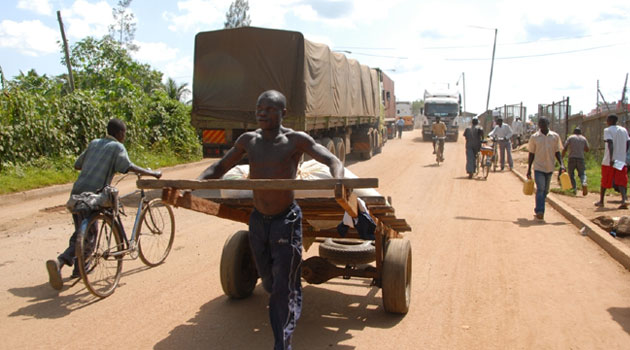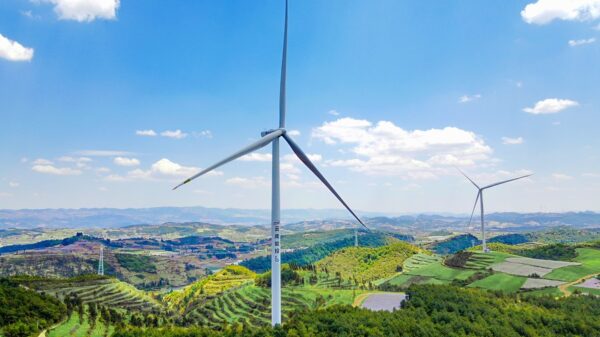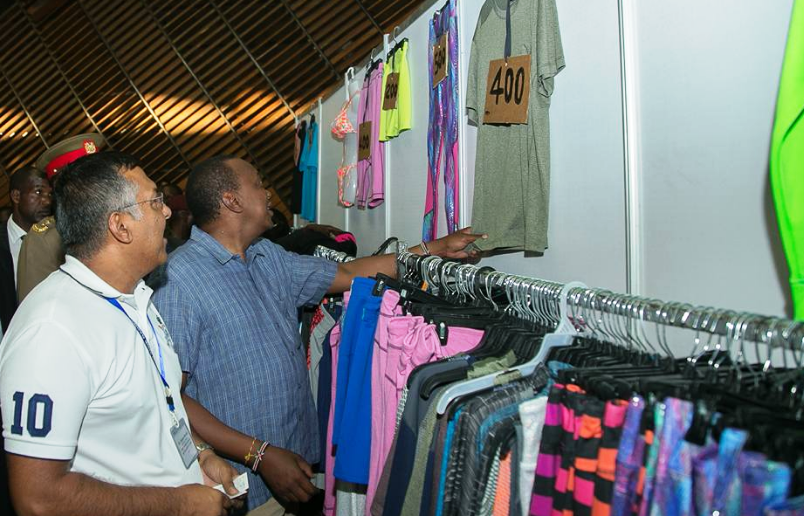NAIROBI, Kenya, Apr 19 – Kenya’s manufacturing sector failed to meet the projected growth targets to expand by 3.5 percent in 2016 compared to 3.6 percent in 2015.
Kenya Bureau of Standard’s Economic Survey 2017 attributed the sluggish growth to a decrease in credit to the sector by 4.6 percent to Sh277.4 billion in 2016, a reflection of overall domestic credit drop from 14.1 percent in December 2015 to 3.6 percent in December 2016.
This is the first time in five years that total loans advanced to the sector has decreased.
However, the volume of output of the manufacturing sector grew by 4.9 per cent in 2016 on account of increased production of tea, apparel, pharmaceutical products and basic metals.
Formal employment in the manufacturing sector went up marginally by 1.8 per cent to 300,000 persons in 2016 accounting for 11.8 per cent of the total formal employment.
“Kenya Industrial Estates, which plays a major role in promoting local entrepreneurship by financing and developing small scale and micro enterprises, approved 325 projects and advanced loans worth Sh165.3 million in 2016,” states the report.
Manufacture of food products recorded a growth of 6.5 per cent in the year under review, with production of meat and meat products rising by 10.9 per cent on account of increased production of processed chicken.
In the dairy sub-sector, for instance, production of processed milk increased by 3.4 per cent from 437.5 million litres in 2015 to 452.2 million litres in 2016. Similarly, production of yogurt and other fermented milk increased by 2.5 per cent. Overall, dairy products grew by 3.1 per cent in 2016.
Manufacture of textiles expanded marginally by 0.3 per cent in 2016 with the production of twine, cordage and rope growing by 14.4 per cent while the manufacture of blankets increased by 1.5 per cent in 2016.
However, production of woven fabrics and knitting wool dropped by 7.4 per cent and 10.2 per cent, respectively. Manufacture of wearing apparel grew by 17.2 per cent in 2016 as a result of increased production of shirts and T-shirts by 17.4 and 20.9 per cent, respectively.
Leather and related products grew by 7.5 per cent in 2016.
Finished leather recorded a 17.2 per cent growth in 2016 after registering a drop in 2015 while Volume of exported leather dropped by 7.2 per cent in 2016, mainly attributed to the existing 80 per cent export tariff on raw hides and skin.
Production of pharmaceutical products increased by 14.7 percent in 2016 attributed to the increase in the production of capsules, tablets and syrups, which went up by 15.3, 14.9 and 11.8 percent, respectively.
Separately, Foreign Affairs and International Trade Cabinet Secretary Amina Mohamed, says strong policies must be put in place to push higher absorption of Science, Technology, Engineering and Maths fields.
Speaking during East Africa Manufacturing Conference in Nairobi, Mohamed mentioned that nurturing the appropriate talents for manufacturing will be key to turn around the sector.
“This will involve developing a sufficient skills base, particularly in science, technology and innovation. Moving into the future we must work out methodologies of acquiring and mastering advanced manufacturing technologies which will be key to unraveling future competitiveness,” she added.
By 2014, Africa commanded a meager 1.5 percent share of the world’s total manufacturing output, compared with a 21.7 percent share for the Asia-Pacific region, 17.2% percent for East Asia and 22.4 percent for North America.



































